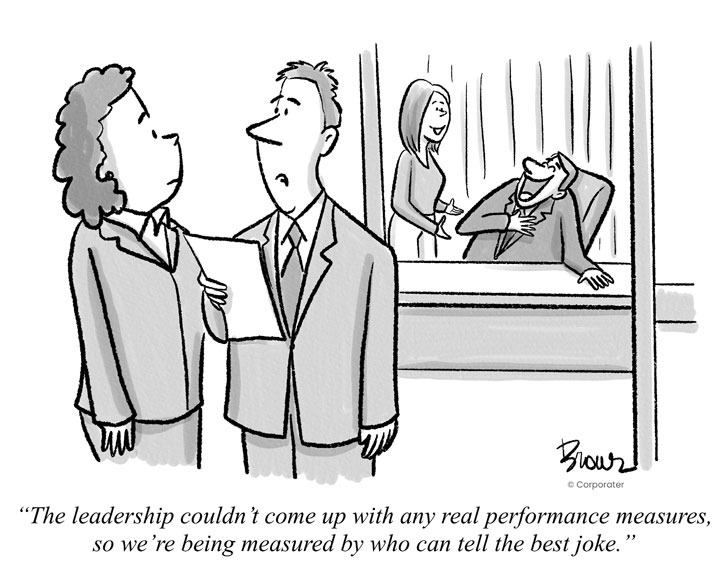
If you haven’t already read the book You Already Know How to Be Great: A Simple Way to Remove Interference and Unlock Your Greatest Potential by Alan Fine and Rebecca Merrill, you should do so, immediately. Wait … after you finish this one, of course. Alan has decades of experience coaching world-class athletes, executives, and people from all walks of life looking to elevate their performance to another level. Although there are many terrific tools in the text, the primary mechanism suggested for coaching others is the GROW model, which stands for goal, reality, options, and way forward. As the words suggest, we start by outlining the goals, then put them into perspective by recognizing the current reality the person faces. At that point we brainstorm potential options, and finally agree on a preferred way forward.
The model has been used by countless coaches around the world, but in this chapter, we’re going to co-opt the phrase for another purpose: Creating better performance measures (or Key Results if using OKRs). Drafting performance measures to gauge success is a task undertaken by virtually every organization on the planet, so you’d think we’d all be pretty good at it by now, but the fact of the matter is we’re not. It’s not uncommon to struggle with measures that are infrequent, completely irrelevant to the organization’s strategy, and ultimately drive the wrong behaviors. Time to GROW up! Let’s look at how we can use the acronym to draft better measures.
Goal
The goal is the objective, what we’re ultimately striving toward. If you don’t have objectives in place (increase customer loyalty, improve manufacturing yield, enhance employee engagement), you’re creating measures in a vacuum, and they’ll be of little value. So, before you even start thinking about measures, ensure you have an agreed-on set of objectives from which to work. And of course, follow our advice in the previous chapter for creating effective objectives.
Reality
In this step we look at our current reality in the context of the objective. Let’s take the example of “Increase customer loyalty to build market share.” An obvious measure used to gauge success would be “market share.” However, before deciding on that and moving on, you must determine where you currently stand in terms of share. If your customers are defecting in droves, you have no loyalty program or customer relationship management platform, then you’ve got some issues to figure out. Take some time to document the current situation before advancing to the next step.
Options
Here we examine the objective in light of the reality check we just performed and generate a list of potential measures we can track. It’s in this step that the value of assessing your reality begins to pay dividends. Look at each attribute of your reality and challenge yourself to determine what you could measure in order to improve the situation. In many cases you may come up with projects rather than measures, for example, “We have no customer loyalty program, so we need to create one.” That’s fine. The associated measure could be “Percentage milestone completion of customer loyalty program.”
Way Forward
In this, the final step, we look at our brainstormed list of potential measures and select the critical few that are most critical in our attempt to achieve the objective. It will help to look at the list you’ve created and determine whether there is a natural order to what you’ve documented. Are there dependencies among the measures (some have to occur before others can be undertaken)? If so, put first things first. We also suggest you think in terms of lagging and leading indicators. The lag in our example could be “market share,” which at the end of the day is the ultimate arbiter of the objective. However, it should be accompanied by a leading indicator designed to move you forward on one of the key impediments identified during the reality stage. As noted above, that may be “Percentage milestone completion on the customer loyalty program.”
Selecting better performance measures is one of the best things you can do to improve your performance as it provides regular insights for discussion and analysis. Follow this four-step GROW guide and you’ll be well on your way.

